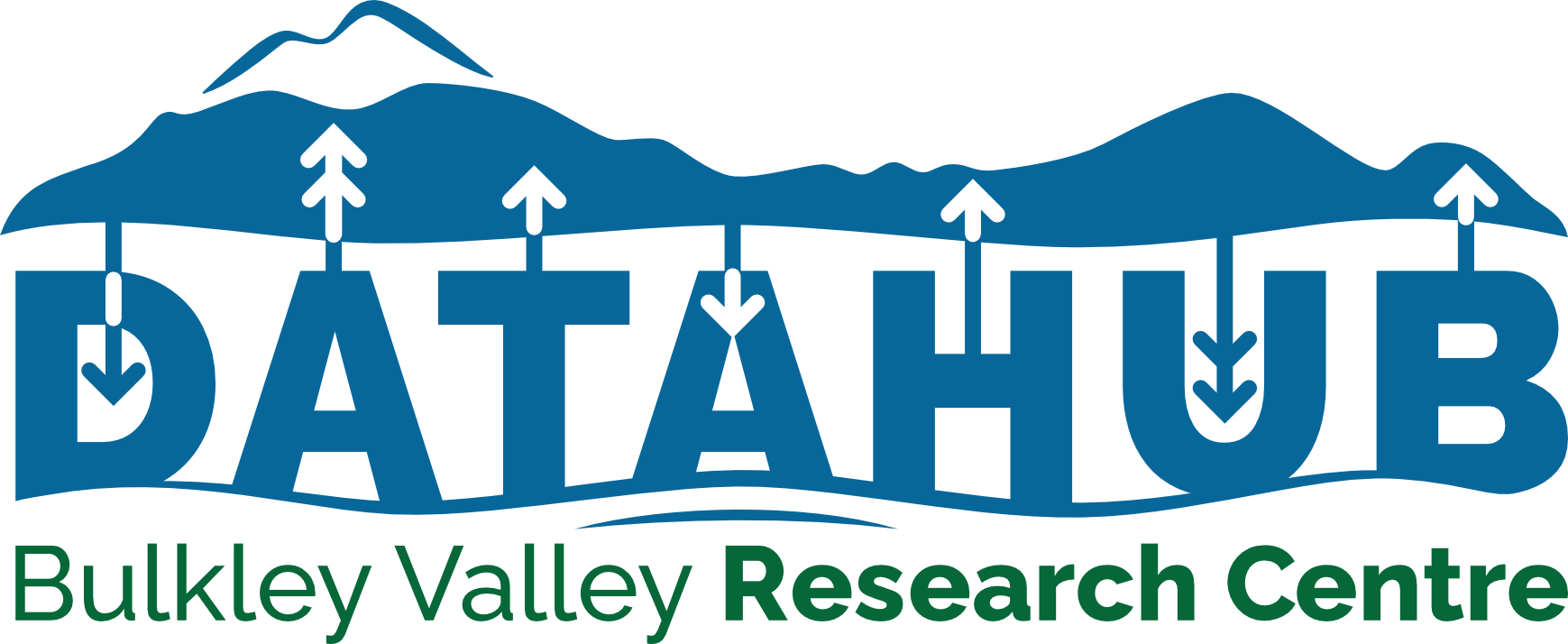ABSTRACT
Indigenous fire stewardship enhances ecosystem diversity, assists with the management of complex resources, and reduces wildfire risk by lessening fuel loads. Although Indigenous Peoples have maintained fire stewardship practices for millennia and continue to be keepers of fire knowledge, significant barriers exist for re-engaging in cultural burning. Indigenous communities in Canada have unique vulnerabilities to large and high-intensity wildfires as they are predominately located in remote, forested regions and lack financial support at federal and provincial levels to mitigate wildfire risk. Therefore, it is critical to uphold Indigenous expertise in leading effective and socially just fire stewardship. In this perspective, we demonstrate the benefits of cultural burning and identify five key barriers to advancing Indigenous fire stewardship in Canada. We also provide calls to action to assist with reducing preconceptions and misinformation and focus on creating space and respect for different knowledges and experiences. Despite growing concerns over wildfire risk and agency-stated intentions to establish Indigenous Peoples as partners in wildfire management, power imbalances still exist. The future and coexistence with fire in Canada needs to be a shared responsibility and led by Indigenous Peoples within their territories.

